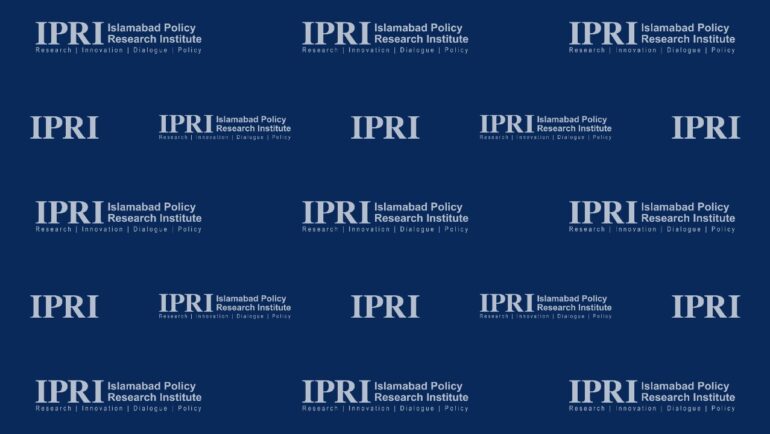Newspaper Article 23/11/2022
Due to their regional clout, China and India are regarded as influential players in the Asia Pacific and South Asia respectively. On the regional front, both countries maintain a dominating posture. In South Asia, India is a regional hegemon, which has defied the UN Security Council Resolutions on Kashmir, has abrogated Article 370 and has introduced the Citizenship Amendment Act (CAA). Whilst, internationally India is an acclaimed democracy and secular state. Seeing China’s regional posture in East Asia, the country supports regionalism and has active participation in economic organizations like ASEAN, APEC and RCEP (Regional Cooperative Economic Partnership). China has also applied for CPTPP membership. The comprehensive and Progressive Agreement for Trans-Pacific Partnership is comparatively new to the region and is reflective of the growing economic integration trend. The member states are Japan, Singapore, Malaysia, Brunei, Vietnam, Australia, New Zealand, Canada, Chile, Mexico and Peru. China’s economic growth (GDP US$ 14.4) and participation in the region’s economic organizations make it an important player in the region’s economic architecture. China has also developed the port facilities at Tanjong Priok in Selat (Sunda Strait) near Java Island, Indonesia. China has also built oil and gas pipelines on Myanmar’s West coast (Kyaukpyu seaport). These pipelines and port facilities have diversified China’s trading route. Another angle associated with China is its naval muscle and stringent position on the South China Sea. China supports ASEAN’s centrality. China had proposed a clause in Declaration on the Conduct of Parties in the South China Sea, the clause prohibited joint military exercises in the region. This clearly was to limit foreign influence (and discourage the US military presence) in the region. However, the proposal was rejected by ASEAN countries, clearly showing their intent towards outside influence.
India is a regional hegemon, which has defied the UN Security Council Resolutions on Kashmir.
China’s political clout has advanced to South and Central Asias’, and beyond. In the words of Mr Gao Yunlong, Vice Chairman of the Chinese People’s Political Consultative Conference, “China’s Belt and Road Initiative (BRI) globally has created a stabilizing impact. The initiative is not in pursuance of China’s global power ambitions. China is a staunch supporter of peace and believes in cooperation and a “win-win situation” for all.” The strategic vision behind BRI is to develop infrastructure and economic integration. BRI will involve 138 countries with a combined Gross Domestic Product (GDP) of US$ 29 trillion. The two essential segments of BRI are the overland Silk Road Economic Belt (SREB) and the ocean-based 21st Century Maritime Silk Road (MSR). MSR will originate from East China and will be connected through various seaports in the South China Sea, the Arabian Sea, and the Persian Gulf and will terminate at the Baltic Sea. While, the SREB consists of overland communication infrastructure, rail connections, highways and economic corridors. China, on the bilateral front, has also reached out to peripheral countries along the Indian Ocean. This shows that China through Ocean connectivity is trying to expand to other regions.
On account of India’s entry into the Asia Pacific, the country, through bilateral as well as multilateral engagements, has strengthened its security links with regional countries. India participates in the ASEAN Defence Ministers Meeting Plus forum and is part of the Quadrilateral Security Dialogue (Quad).
Looking at the political outlooks of both China and India within their respective regions, a degree of contrast is apparent. This can primarily be related to the structural environments of Asia Pacific and South Asia. Regionalism is well enacted in the Asia Pacific, whereas South Asia has not been able to progress as a region. The intra-regional trade in South Asia is only five per cent.
Note: This article appeared in Daily Times, dated 23 November 2022.
Disclaimer: The views expressed in the article are of the author and do not necessarily represent Institute’s policy.

